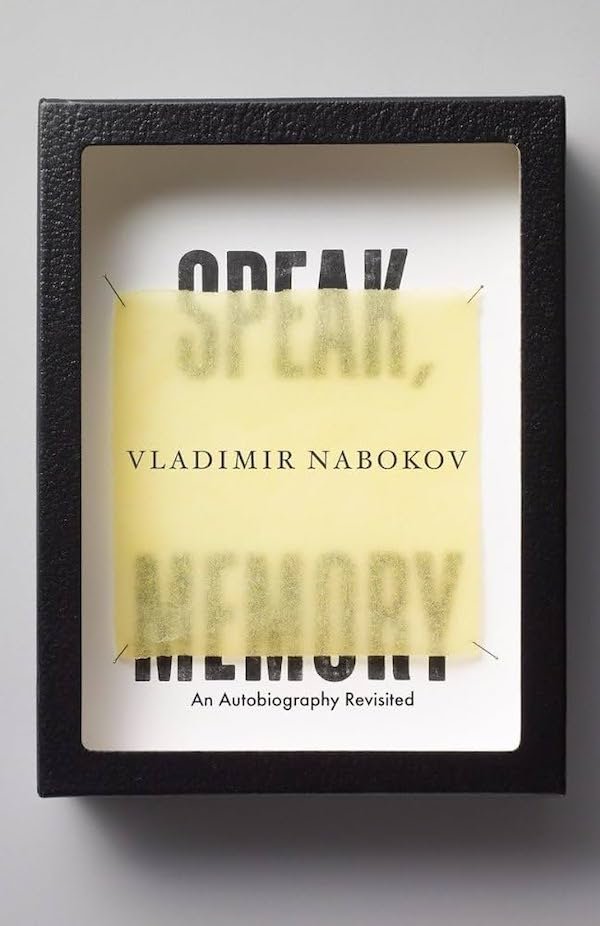BRIDGET RILEY
A Cultural Serving
BRIDGET RILEY
For Bridget Riley, there are several essential premises to the creative process. Artists must work through their problems slowly and without shortcuts and welcome opposition to even their most prized ideas. As she wrote in a 2009 essay:
"It can sometimes happen that, when confronted by what seems to be a wall, which one cannot get either through or round, a kind of radical reorientation is called for. Turning the whole thing over so that an approach can be made from the opposite side, as it were. If this is to succeed, it nearly always means relinquishing some cherished notion or something that you have relied on. This destructive side to creative life is essential to an artist’s survival."
A dextrous illusionist–and casual yet elegant Vogue luminary–Riley is known for her optical works and bold studies of color and geometric forms. Her creative process is rooted in drawing, which she considers “an inquiry, a way of finding out,” a defining mode of thinking we find both universal as an approach and idiosyncratic in result.
A massive retrospective of the British artist’s works has been touring the U.S. for the last few months, starting at the Art Institute of Chicago and landing now at the Hammer Museum. Those in Los Angeles can see Bridget Riley Drawings: From the Artist’s Studio through May 28 before it travels to The Morgan Library and Museum for a June 23 opening.
Think about
In that same essay, Riley wrote, “At the core of colour lies a paradox. It is simultaneously one thing and several things–you can never see colour by itself. It is always affected by other colours.” This relational understanding undergirds creative works of all disciplines, as well as the ways we consume art (i.e. our reading lives). How are the texts, paintings, or performances we witness influenced by and situated within our own intellectual genealogies.
Influences
Nelson packs a remarkable array of references in the slim Bluets, and although we recommend reading the work in its entirety to fully understand her brilliance, we’re particularly drawn to the following influences:
Filmmaker and artist Derek Jarman was known for his unexpected use of color, which he recounts in Chroma, a book of theory and poetry that reflects on the full prismatic spectrum and the emotions they inspire.
Also taking up the topic is Gertrude Stein’s Tender Buttons, an enigmatic book that considers everyday objects and their physical properties. Stein flexes her ties to modernist art in the text, as well, which has been described as “a masterpiece of verbal Cubism.”
Keep reading
Petra Bachmaier and Sean Gallero, the artists behind Luftwerk Studio, devote their practice to color and its ability to change based on perception. One of their recent works reinterprets the 1789 instrument known as the cyanometer, which was used “to demonstrate that the color of the sky grows darker with increases in elevation.” Although scientifically dubious, the device offers a poetic vision of the human-nature connection.
For a similarly organic approach, pick up Annie Dillard’s Pilgrim at Tinker Creek, which consistently returns to blue as a source of beauty and calm, or Vladimir Nabokov’s synesthetic memoir, Speak, Memory.
Written by So Textual








